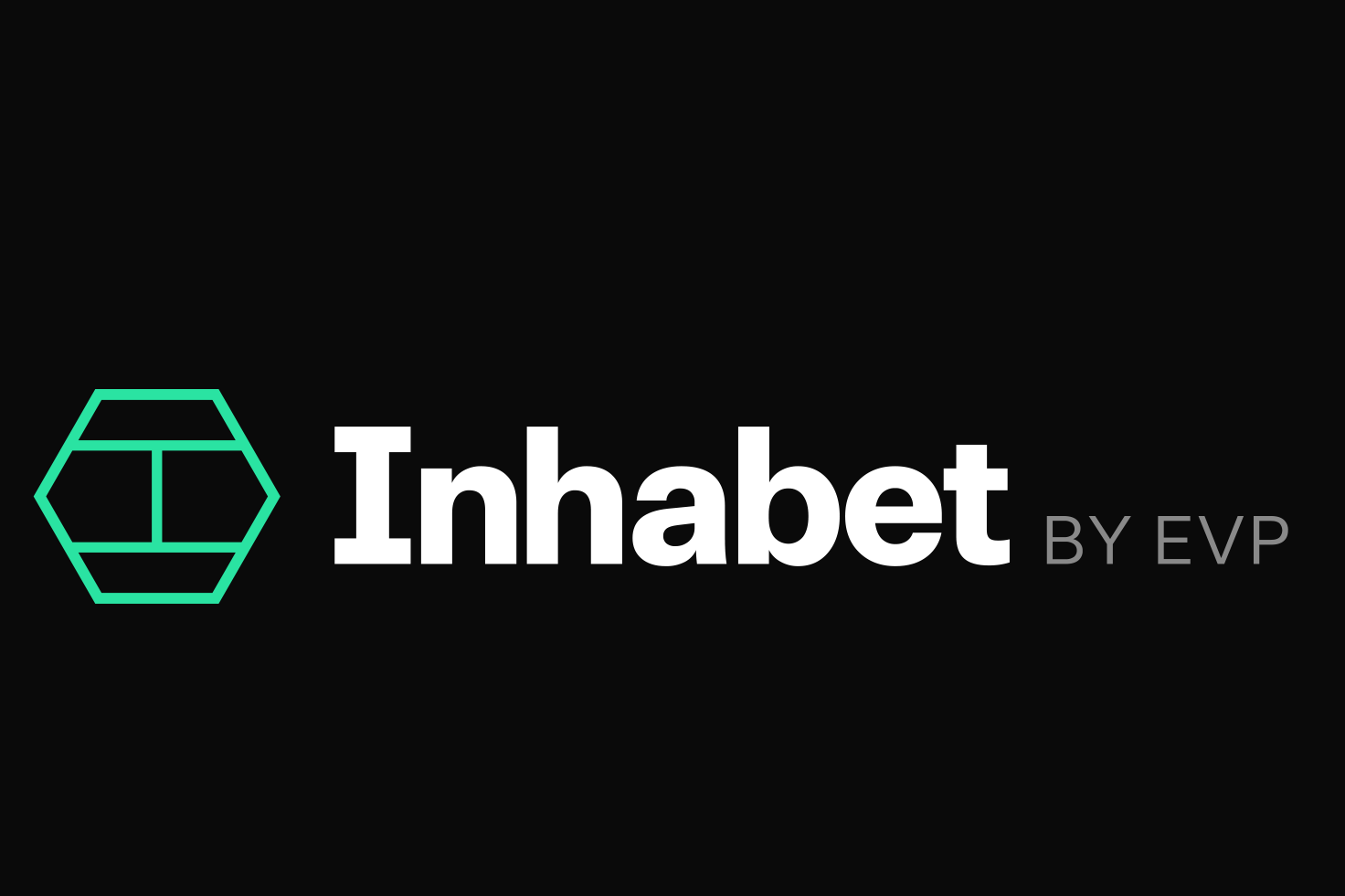
Todd Rasmussen is President and Chief Operating Officer with Equity Valuation Partners, a provider of home value services, valuation tools and property value data for the real estate industry. He has been a residential appraiser since 1990 and started in the appraisal management company space in 2009.
This article was originally published in MBA NewsLink
MBA NEWSLINK: What is a solution for the time and expense for recurring valuations used by bank and credit unions on their loan assets?
TODD RASMUSSEN: Especially for low-risk, recurring valuations, the optimum solution is for banks and credit unions to do valuations in-house. However, any company that does its own valuations needs a system or a platform that standardizes the process and makes it consistent, and most financial institutions don’t have the technology or resources already on hand. The way you do that is by leveraging technology that automatically draws data from the same sources and produces the same reports every time, regardless of who is performing the valuation.
Compared to having to learn a new format with each report, having standardized reports makes it easier for underwriters and other staff members to review them.
NEWSLINK: Who stands to benefit most by adopting a do-it-yourself appraisal platform?
RASMUSSEN: There are two types of organizations that benefit most from DIY appraisal platforms. The first type are home lenders that are already doing appraisals themselves. The problem for many of these lenders is that the Individuals who are creating the reports aren’t using a consistent process and are gathering data of all different types and from different sources. As a result, they produce reports that vary widely from each other. Having a DIY platform that standardizes every report makes everything so much faster and efficient.
The second type are financial institutions that are currently using outside valuation services but are having trouble getting reports completed because the high demand for appraisers is creating longer turnaround times. It’s not uncommon for these institutions to wait weeks for a single report. With a DIY valuation platform, they can save quite a bit of time and money.
NEWSLINK: What type of transactions are best for DIY appraisals?
RASMUSSEN: DIY valuations are ideal for banks with existing loans that are coming up for renewal. They’re also a great option for home equity products such as home equity lines of credit, which can be completed using public records and other data without the need to order a traditional full appraisal.
NEWSLINK: Why should lenders consider completing an appraisal themselves?
RASMUSSEN: There are two major reasons. The first is that turnaround times for appraisals soared during the pandemic, when everyone was trying to refinance their loans. Being able to utilize a DIY valuation strategy eliminates these long waits.
The second and most obvious reason, however, is money. The common delays associated with getting an appraisal ultimately cut into a loan holder’s profit. It’s much less expensive to perform a self-valuation than to pay an appraiser and wait days or weeks to get a report. It’s even more cost-effective than using an automated valuation model.
NEWSLINK: Do you think do-it-yourself valuations will just become second nature in the future?
RASMUSSEN: I do. In fact, by granting appraisal waivers and allowing appraisal alternatives for certain types of loans, Fannie Mae and Freddie Mac have already had started down this path and accelerated this trend as a result of the pandemic and their political strategy. That being said, most lenders that are doing their own valuations are using an ad hoc process that’s not controlled. They also aren’t using good data and don’t have the resources to invest in their own valuation technology like many larger entities do. What they need is a one-stop platform that provides all the data points required to perform low-risk valuations in-house while creating a consistent, compliant process, as well as the option to get a professional appraiser’s assistance when they need it.
NEWSLINK: Are there any other benefits to using a DIY valuation platform?
RASMUSSEN: Yes. By having their staff perform valuations, they can still charge the same fees for a valuation and increase their income or pass the savings onto the consumer. Also, by bringing valuations in-house, they may not need to layoff as many people, which many lenders are doing now that refinance volumes have dried up. They can simply transition their staff to valuations. It’s a win-win.
(Views expressed in this article do not necessarily reflect policy of the Mortgage Bankers Association, nor do they connote an MBA endorsement of a specific company, product or service. MBA NewsLink welcomes your submissions. Inquiries can be sent to Mike Sorohan, editor, at msorohan@mba.org or Michael Tucker, editorial manager, at mtucker@mba.org.)

